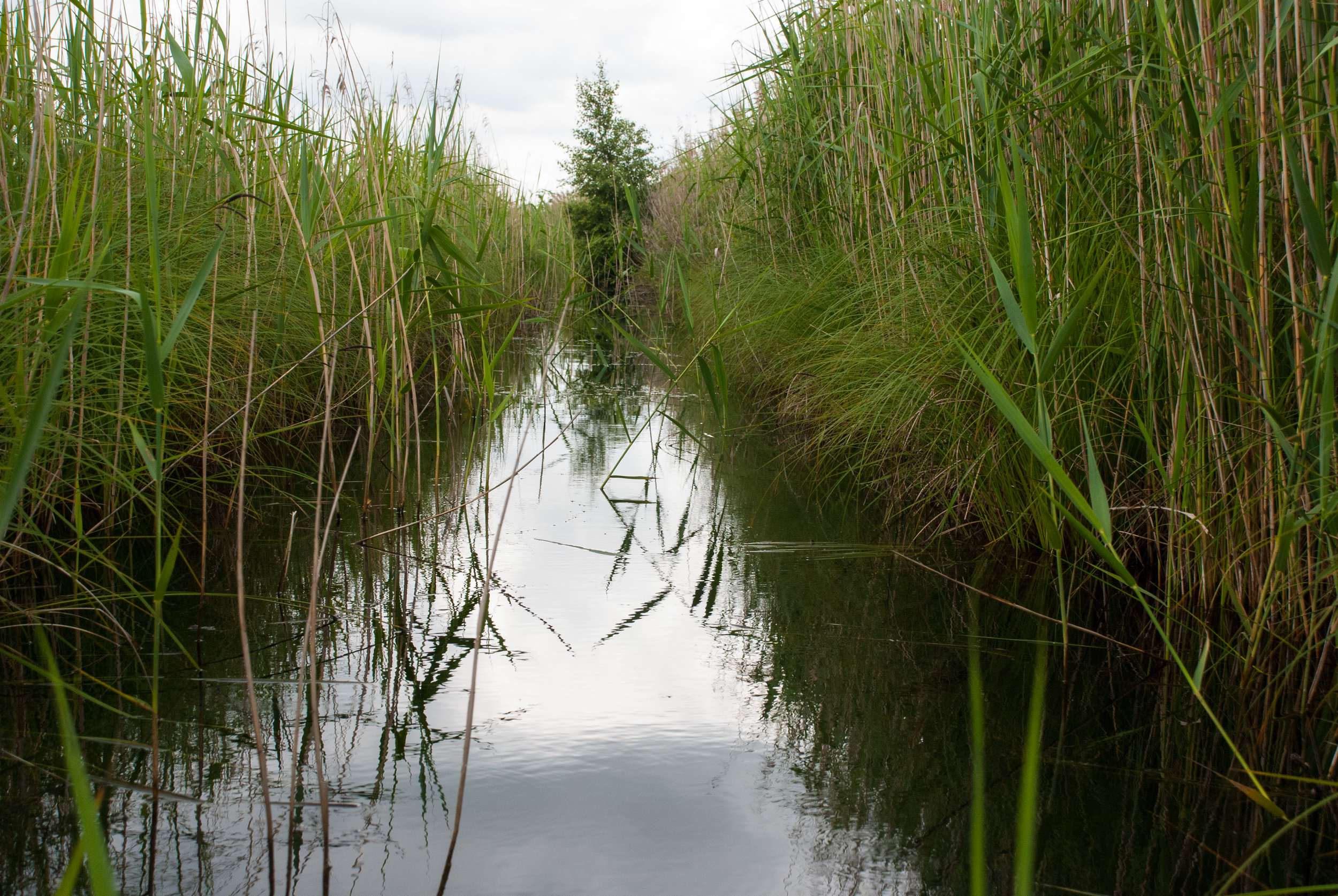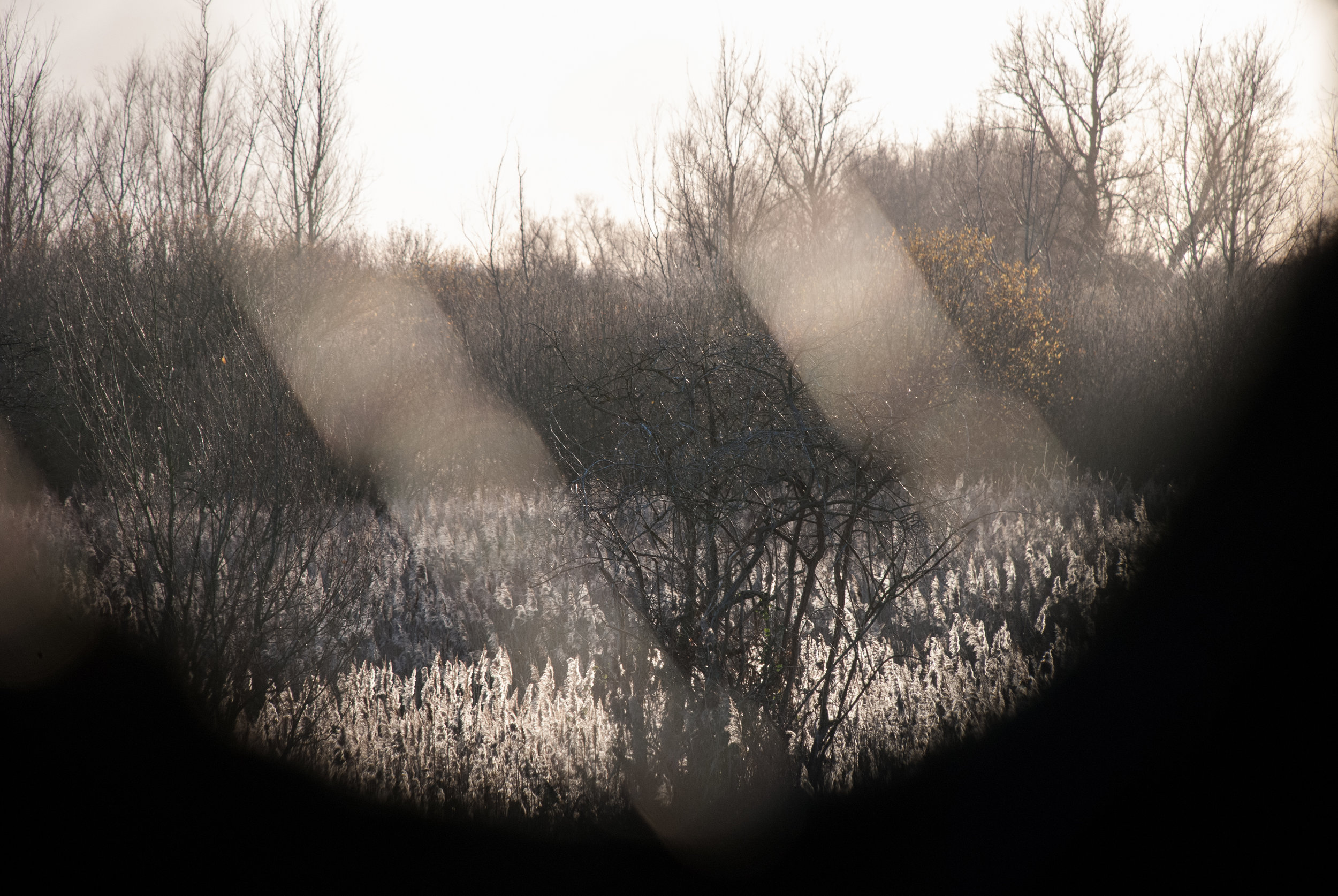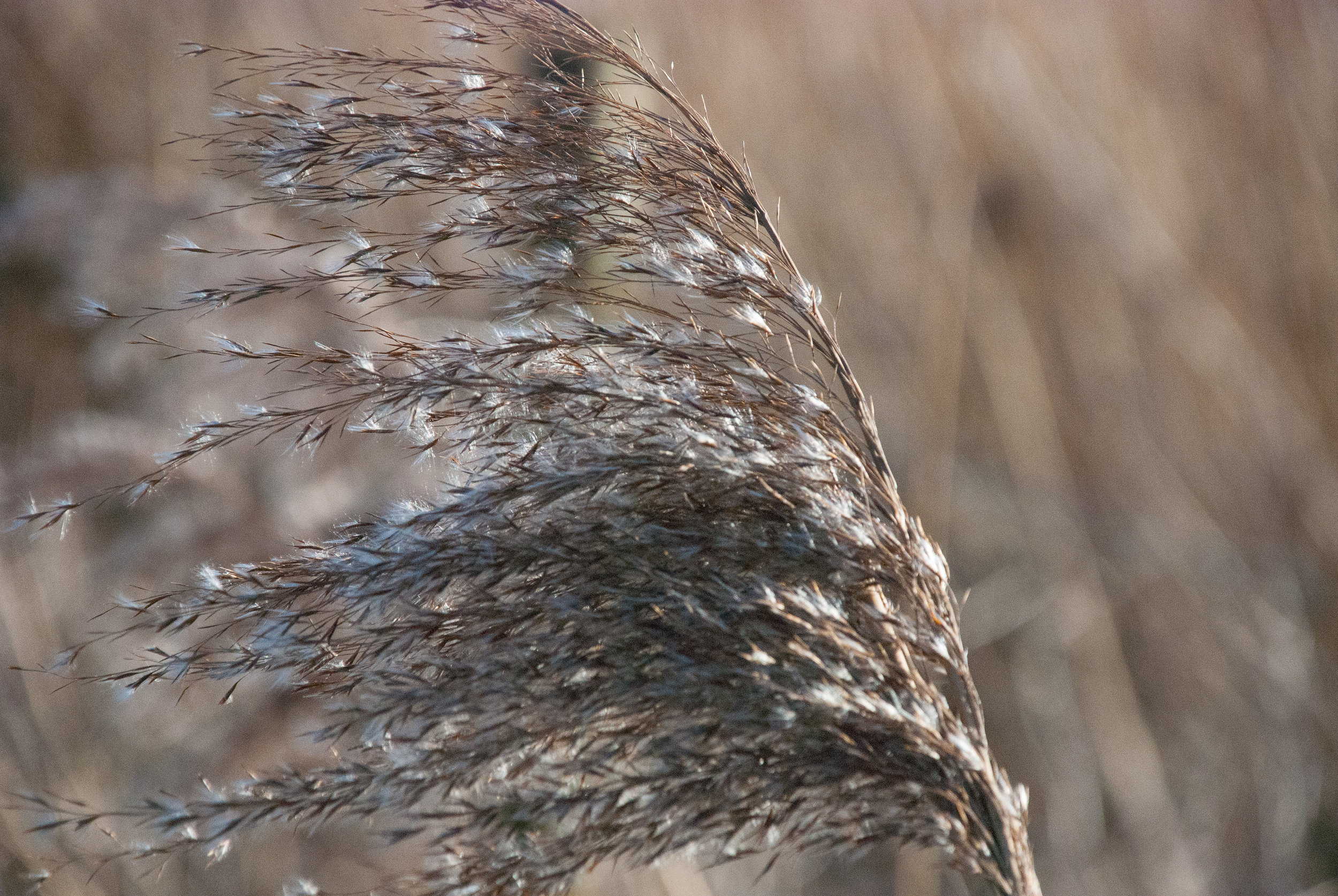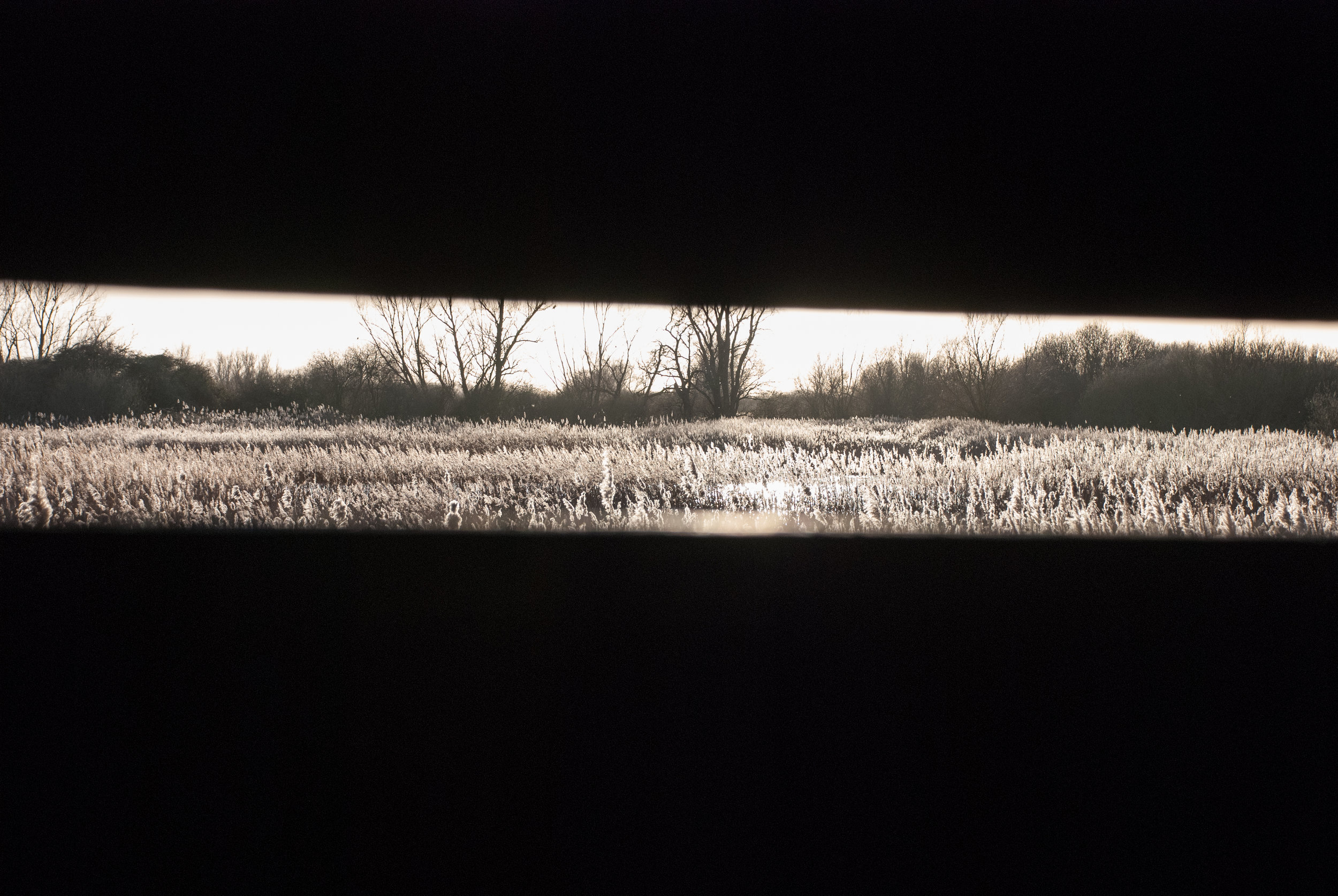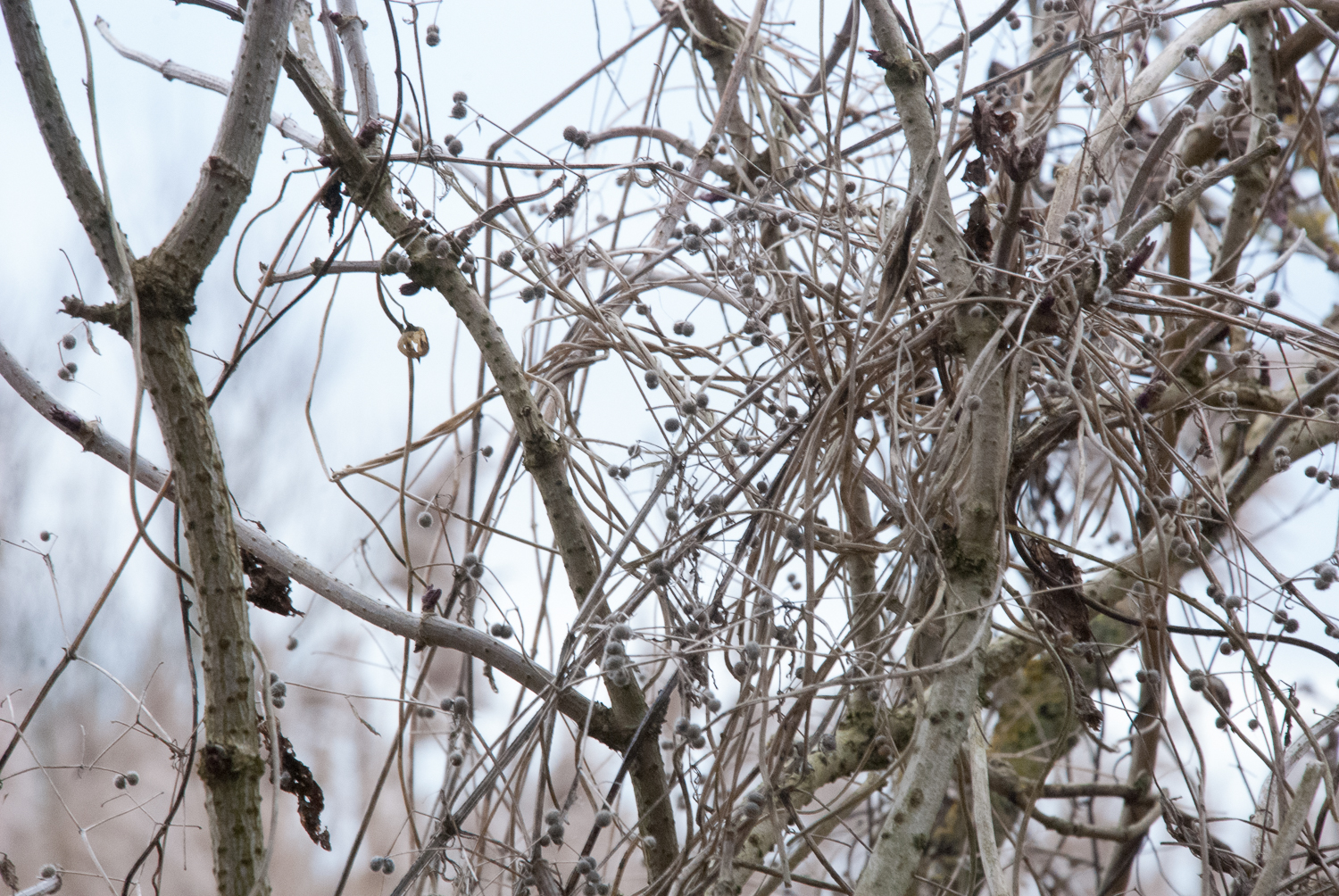In between periods of working on the Wicken Fen project, over the last year or so I made a group of small works called Thorn. The making was spread out over the whole year with long gaps between stages and the thinking and process were quite different.
Thorn 5 (Brumaire)
Thorn 6 (Noctua)
I was interested in making a group of pieces within a limited set of parameters: size, format and colour palette. In some ways this was quite a formal exercise in composition. The emphasis was on balancing the colour and texture contrast between the plain and printed sections to develop a group of pieces that work both individually and together.
In progress, on studio wall
Thematically, the group is related to the Blackthorn series. At the time I was working on this group, I was listening to Dowland and reading Peter Davidson “The Last of the Light”, while on my morning walks I was noticing the effect of frost, raindrops and mist on the hedgerows. I’m drawn to the way these phenomena both highlight and obscure the underlying forms.
Thorn 10 (Frost)
Thorn 3 (Midwinter)
There are 11 pieces in the group, which can now be seen in new exhibitions at Gallery 57 in Arundel and at Bircham Gallery in Holt. Bircham Gallery is also showing work from the Wicken Fen series. Exhibition details below. If you can't get to the galleries, work can be viewed on their web sites via the links.
Gallery 57: A contour, a curve, the lie of the land. 19 May -27 August 2018
Bircham Gallery: Spring Mixed Exhibition. 19 May – 13 June 2018.

